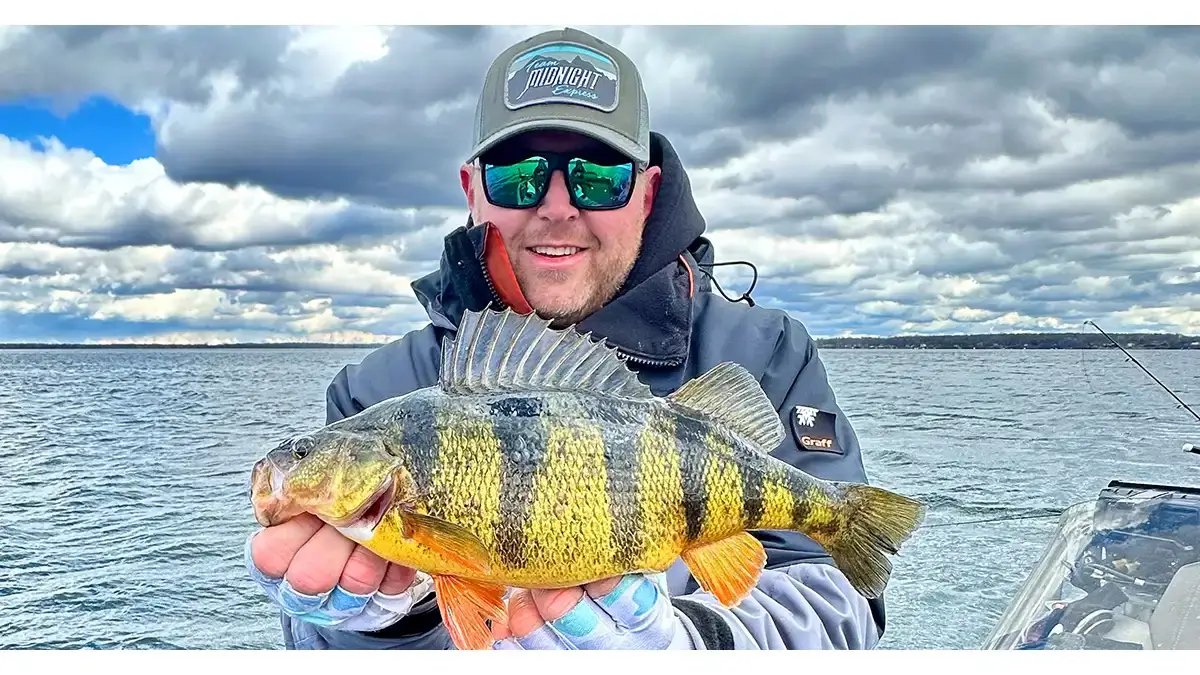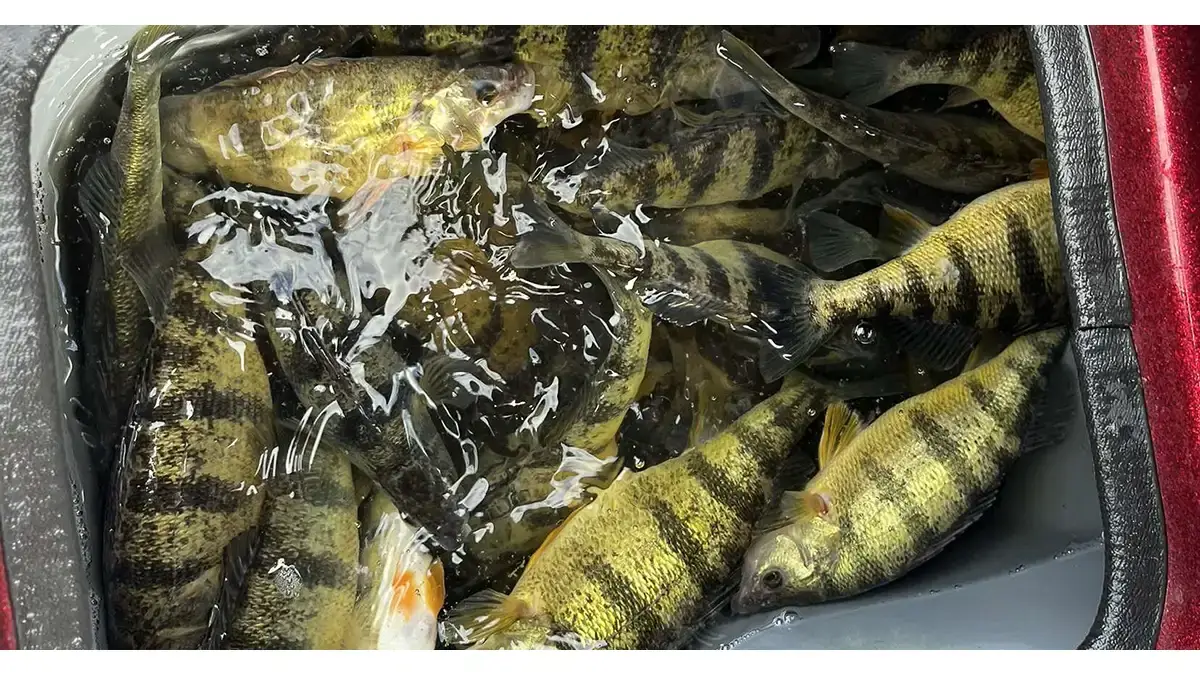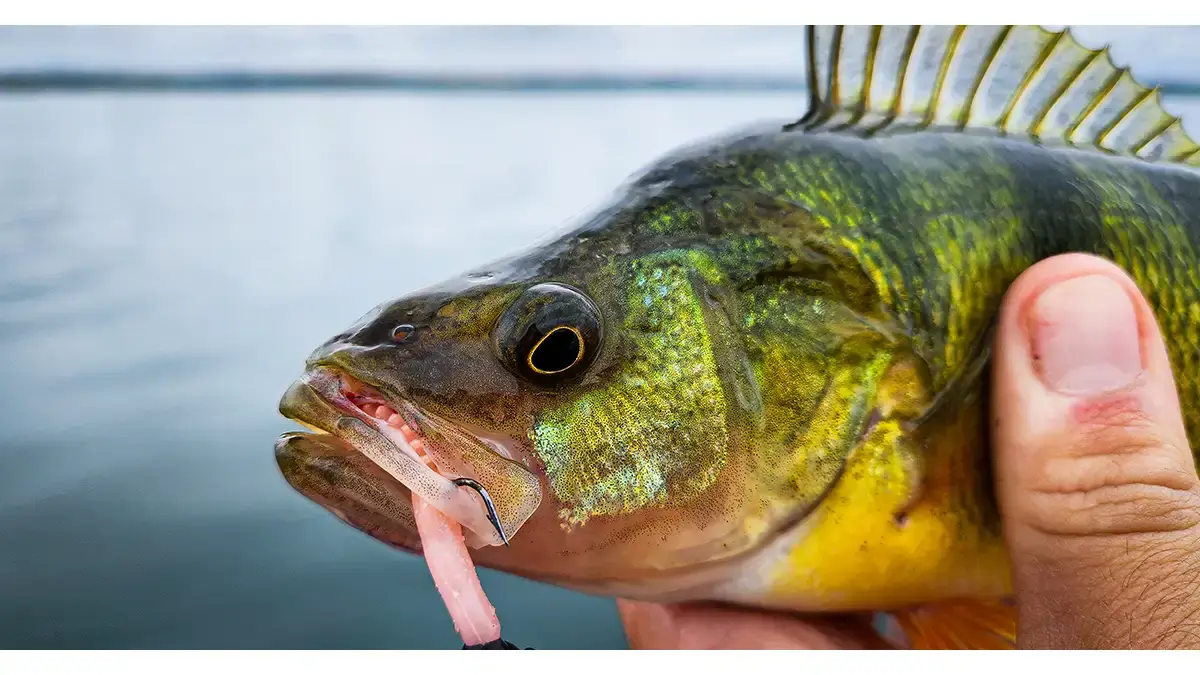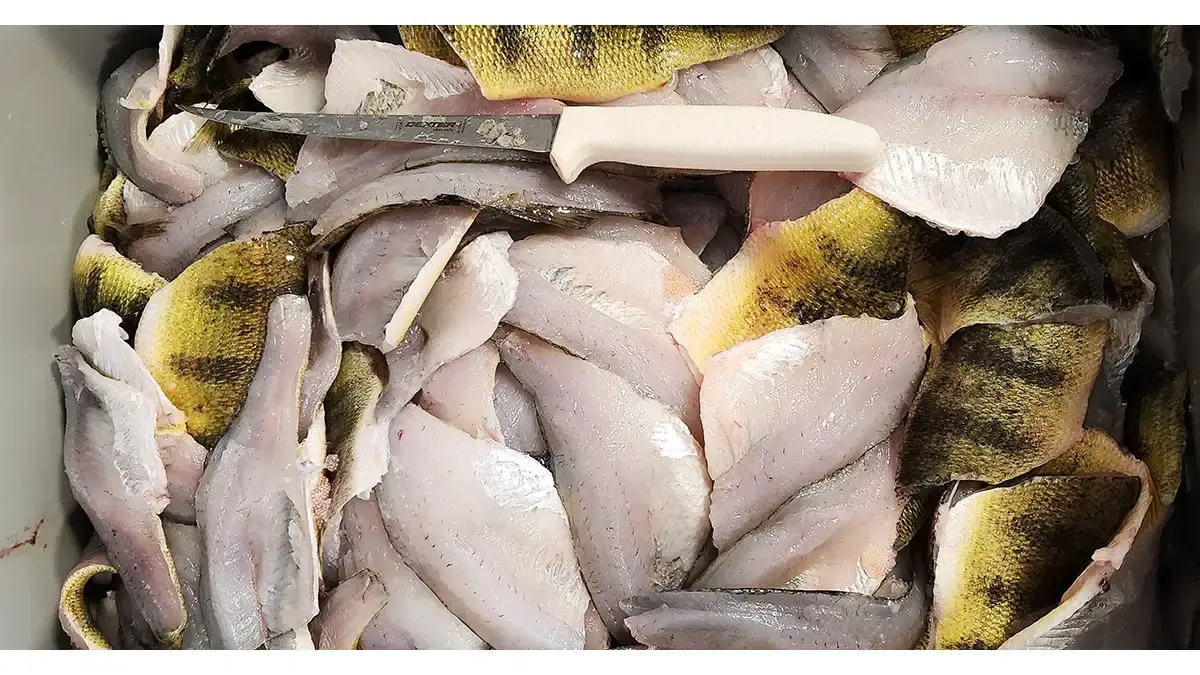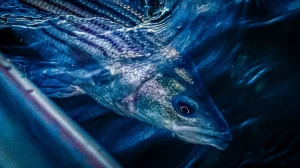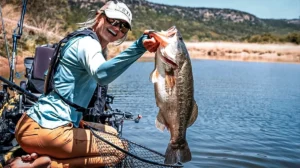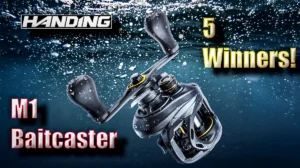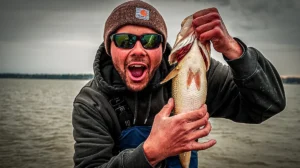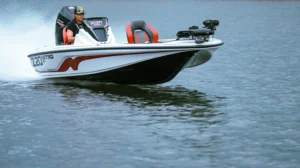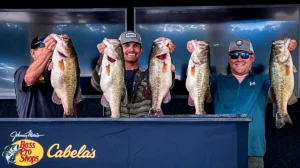With temperatures starting to drop and leaves changing color, some of the best fishing of the year is right around the corner. While some anglers’ thoughts shift to treestands and big bucks or tailgating at football games, others think about less people at the boat ramp and a freezer full of delicious yellow perch. It’s fun fishing on light tackle and it’s a great way to get some tasty filets.
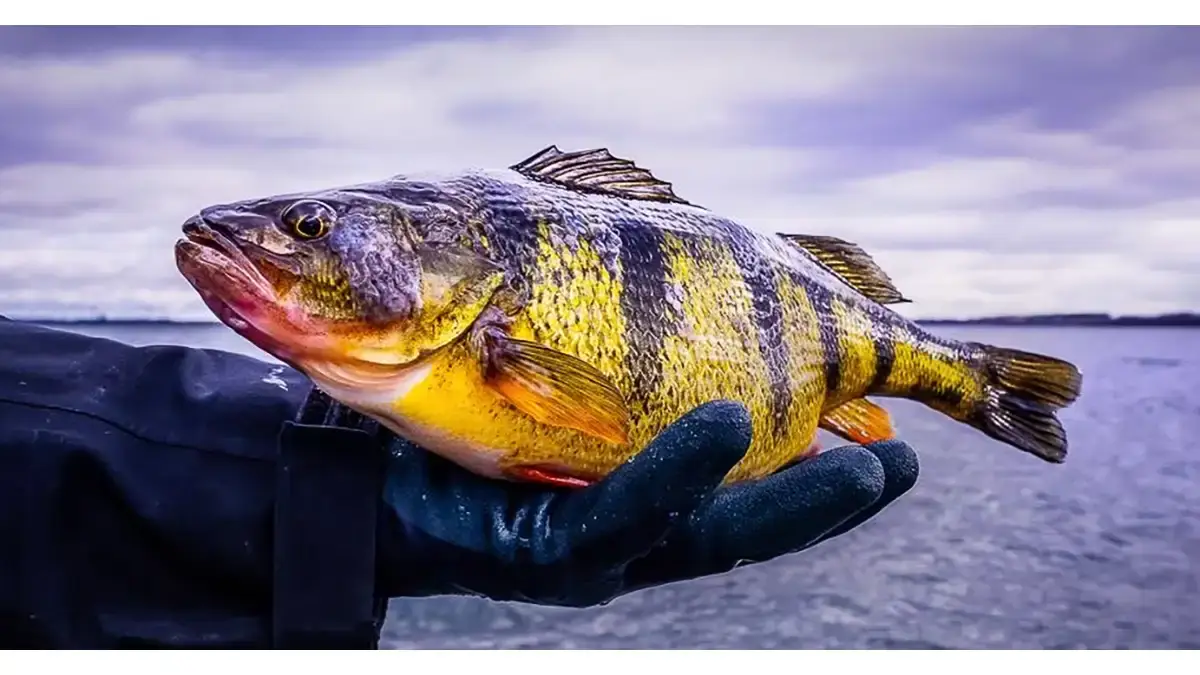
HIT THE SHALLOWS
Yellow perch usually spend most of the summer buried in vegetation or out in deep water where the temperature is cooler. As lakes in the north start to enter “fall turnover” and the thermocline starts to dissipate, perch will move shallower to find their next meal. This is the time of year where they school up to feed heavily before the long winter ahead.
Shallower is a relative term. In some eutrophic lakes (rich in nutrients and typically supporting dense plant growth), that could mean 5 to 8 feet. In deeper oligotrophic lakes (typically lower in nutrients with clear water), that could mean 20 feet. Perch like to stage on the top edges of drop-offs or the shallower side of transitions to deeper water in the fall. Just like bass and walleye, perch use these transitions to ambush their prey. You can find these zones by utilizing side-imaging sonar to look for those rock/sand changes on the bottom or 2-D Chirp sonar to see the hard layers on the bottom indicating structure.
CHANGE OF DIET
“When we’re cleaning our perch in the fall, we are always checking to see what they’ve been feeding on,” says National Walleye Tour pro Craig Sleeman. When he’s not out chasing big walleyes and pro tour trophies, Craig is an avid perch angler in New York’s Finger Lakes and Lake Erie. He’ll tell you their prey isn’t just minnows as most people would think.
“Perch tend to switch their feeding habits come the fall. They go from eating smaller baitfish to a more insect/bottom feeding habit,” Sleeman explains. Perch will seek out small invertebrates, like young of the year crayfish, to pack on easy calories before the cold sets in. They don’t have to exert so much energy and they can pluck away at easy meals.
GET THE DROP ON ‘EM
Craig and I think very similarly when it comes to bait selection for these tasty striped critters. Our go-to technique to put numbers and size of perch in the boat is a dropshot setup. Usually, the rigs consist of a size 4 VMC Spinshot hook and anywhere from a 1/8 to 3/8 ounce teardrop dropshot weight, depending on the depth of water. The spinshot hook allows the plastic baits to move more freely and have more action in the water.
The biggest factor is the distance in between the hook and the sinker. If you see the perch on your depth finder sitting higher in the water column, make the distance between the hook and the sinker very long. Vice versa if they are closer to the bottom.
Baits are going to be on the smaller side, less than 2.5 inches is what you want to use. Craig is a big fan of the Maki Plastics from Clam Outdoors. Either the original Maki or the Jamei XL are hard to beat with their durability. I am a big fan of the Reins Rockvibe Shaker. That bait has put more big perch in my boat than any other plastic during the fall.
The key is the color, no matter what plastic you’re using. Keep it natural with blacks, browns or greens or go the other end of the spectrum with white, bubblegum and glow colors. The key is letting the perch tell you what they are in the mood for. That’s why it’s nice having multiple anglers in the boat to help figure out the bite.
TACKLE ‘EM
As far as rod, reel, line combinations, you might want to lean towards what you would normally use for drop shotting bass. Rod lengths from 6’ 10” to 7′ 2” seem to be the most suitable for handling football perch. Craig is a big fan of the Douglas LRS S6103F and X Matrix S724F. These two rods offer the perfect actions for detecting those subtle bites. Plus the fast action rods load up better on the hookset, and help stay hooked up to these fragile-mouthed fish.
Spinning reels around the 2500-size paired with 5 to 8 pound Cortland Master Braid are a match made in heaven. We are big fans of running long 6-pound test fluorocarbon leaders using Okuma’s Softsteel Instinct line. It’s awesome for leaders, and flouro’s qualities make for more bites from finicky perch.
SEEK CLARITY…OR DON’T
Water clarity seems to have a huge effect on yellow perch. They are big fans of dirty water when actively feeding. When the water is more stained, perch can ambush their prey more easily. The invasion of zebra mussels in our northern waters has made some of the Finger Lakes extremely clear, which can make perch a lot more hesitant to bite. I’m always on the lookout for color changes or runoff coming into the lake after a big rain. Perch love the change in water clarity.
DINNER IS SERVED
Perch are some of the greatest table fare we have in the north. The meat is mild and flaky which everyone loves. I’m a huge fan of fried perch that I use to make tacos. Craig, being a big Buffalo Bills fan, created a perch dip that is out of this world. It’s perfect for hanging out at a tailgate before the big game. All you have to do is boil the perch till it starts to flake apart, layer it over softened cream cheese in a baking dish and cover it with a horseradish cocktail sauce and some Old Bay seasoning. Serve with some crackers or tortilla chips and enjoy!
Hopefully this made you guys eager to explore your local lakes and fill that freezer. Time is ticking!


